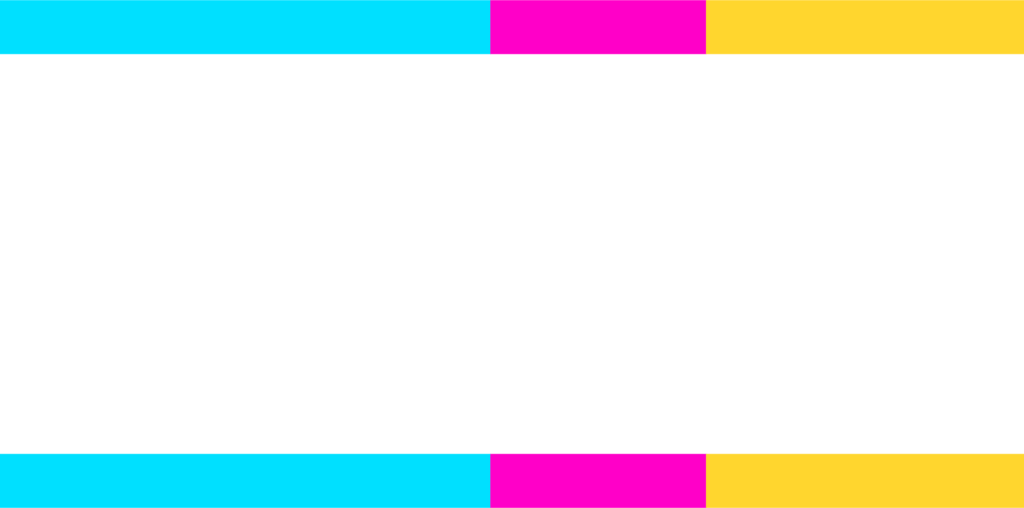Emilie Ritter Saunders: Good Jobs First is a non-partisan, non-profit government transparency advocacy group based in Washington, D.C. It was founded in 1998 by Greg LeRoy, who is now executive director. LeRoy has been studying tax incentive transparency for more than two decades. We recently spoke with him to learn more about what he considers ‘transparent enough,’ and what states are doing to open incentive information to the public.
Q: What is transparent enough? What should people have the right to see?
A: Our position here at Good Jobs First is that tax incentives, whether they are property tax abatements or sales tax exemptions or corporate income tax credits or other types of tax based economic development subsidies, should be equally transparent. None of it should be hidden from taxpayers view.
We think the source of the subsidy, that is, which agency or program the money came from, the recipient of the money, that is, the company or entity or developer that got the money or benefited from the money should be disclosed. Also, the value of the subsidy and the purpose of the subsidy should be disclosed.
Was the company supposed to create 100 jobs or invest $10 million or perform certain research and development activity? And then taxpayers should be able to see the outcome of the deal. How well did the company create 100 jobs, after a reasonable amount of time, or did they invest the dollars or do the R&D? We think that should all be on the web, visible at least once a year, for every company, every deal, and every program.


